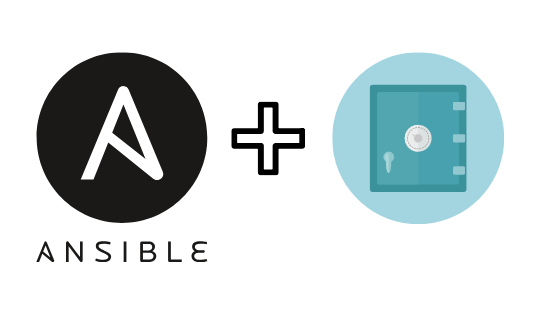Ansible Guide: Manage EC2 Instances and Protect Your Secrets
 Harendra Barot
Harendra Barot
In the ever-evolving DevOps landscape, efficiency and security are paramount. Today, I honed my skills in Ansible for EC2 management and learned valuable lessons about securing sensitive information after facing a secret key compromise. Let’s dive into what I worked on, key takeaways, and some practical tips to enhance your workflow.
1. Ansible for EC2 Management
Ansible is a game-changer when it comes to automating cloud infrastructure. Here's how I used it to simplify EC2 instance setup:
Tasks Accomplished
Automated EC2 Instance Management:
Created an Ansible playbook to start and configure EC2 instances effortlessly. The playbook also integrated with AWS for seamless provisioning.Configuration Management:
Used Ansible modules likeamazon.aws.ec2_instanceto handle instance creation, while ensuring all configurations were consistent.
Pro Tip:
- Ensure your Ansible configuration files include the correct AWS region and credentials. You can use
Ansible Vaultto securely store these sensitive details.
2. Learning Ansible Vault for Security
The secret key compromise I encountered was a wake-up call to improve my security practices. Ansible Vault became my go-to tool for encrypting sensitive information in playbooks.
How I Secured My Workflow
Encrypted Sensitive Data:
Usedansible-vault encryptto secure API keys and secrets in playbooks.Integrated Vault with Git:
Avoided accidentally pushing unencrypted secrets to public repositories by leveraging Ansible Vault in combination with GitHub security features.
Pro Tip:
- Always use a
.gitignorefile to exclude sensitive files likesecrets.ymlfrom your repository.
3. Addressing GitHub Secret Key Compromise
GitHub’s Push Protection feature played a crucial role in safeguarding my workflow when I mistakenly pushed a sensitive key.
What I Learned
GitHub Secret Scanning:
Enabled push protection to identify and block sensitive information before it reaches the repository.Recovery Process:
Immediately revoked the compromised key and replaced it with a new one.
Pro Tip:
- Use environment variables or dedicated secret management tools (e.g., AWS Secrets Manager) to keep sensitive data out of code entirely.
4. Tips for Better Security and Automation
Here are some actionable tips based on my experience:
Use Ansible Vault for Secrets:
Encrypt all sensitive files and only decrypt them during playbook execution.Enable Push Protection in GitHub:
This feature can save you from accidental leaks. Make it a standard in your workflow.Regularly Rotate Keys:
Replace your API keys and secrets periodically to minimize risks.Automate Infrastructure with Ansible:
Save time and reduce errors by using Ansible playbooks for repetitive tasks like EC2 instance provisioning and configuration.Test Your Playbooks:
Before running them on production infrastructure, test your Ansible playbooks in a sandbox environment.
5. Final Thoughts
Today’s challenges taught me the importance of combining automation with security. Tools like Ansible and features like GitHub Push Protection make DevOps workflows not just faster, but also safer.
What are your go-to practices for automating tasks and securing sensitive information? Share your thoughts in the comments!
#DevOps #Automation #Ansible #GitHub #SecurityPractices #AWS #CloudComputing #ConfigurationManagement #VaultEncryption #CI_CD #InfrastructureAutomation #TipsAndTricks
Subscribe to my newsletter
Read articles from Harendra Barot directly inside your inbox. Subscribe to the newsletter, and don't miss out.
Written by

Harendra Barot
Harendra Barot
I'm an IT professional and business analyst, sharing my day-to-day troubleshooting challenges to help others gain practical experience while exploring the latest technology trends and DevOps practices. My goal is to create a space for exchanging ideas, discussing solutions, and staying updated with evolving tech practices.